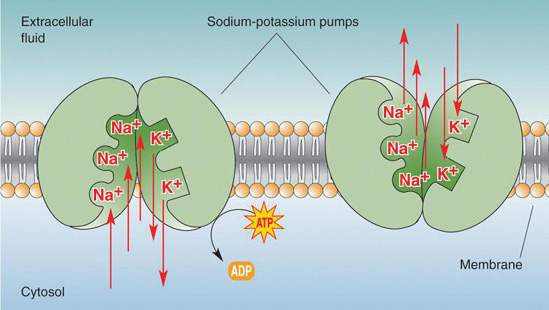All of the processes you have described are ways in which materials move across membranes.
Simple diffusion - particles move from a low concentration to a high concentration with the goal of homeostasis in which there are equal concentrations on both sides of the concentration gradient.
Facilitated diffusion - When there is a membrane which does now allow particles to diffuse freely, often a protein molecule is required as a facilitator for the diffusion to take place. Generally these proteins are some sort of channel which allows particles of specific shape or size to travel through the membrane. This facilitation does not necessarily require energy
Passive Transport - This is a type of facilitated diffusion in which the channel protein allows for transport of particles through the membrane but does not require any active energy.
Active Transport - Active transport is a means by which particles can be transported across a membrane which does require energy. Active transport often moves particles against the concentration gradient. A common example of active transport can be seen in the form of the Sodium/Potassium Ion Pump. This protein pump actively transports sodium ions and potassium ions against their natural concentration gradients.
